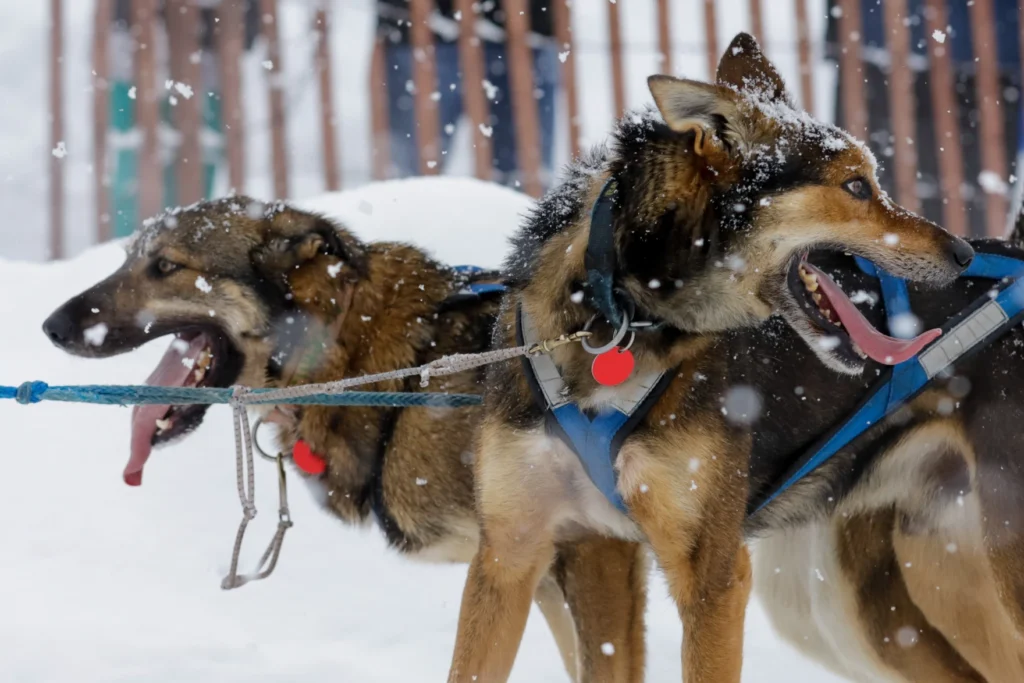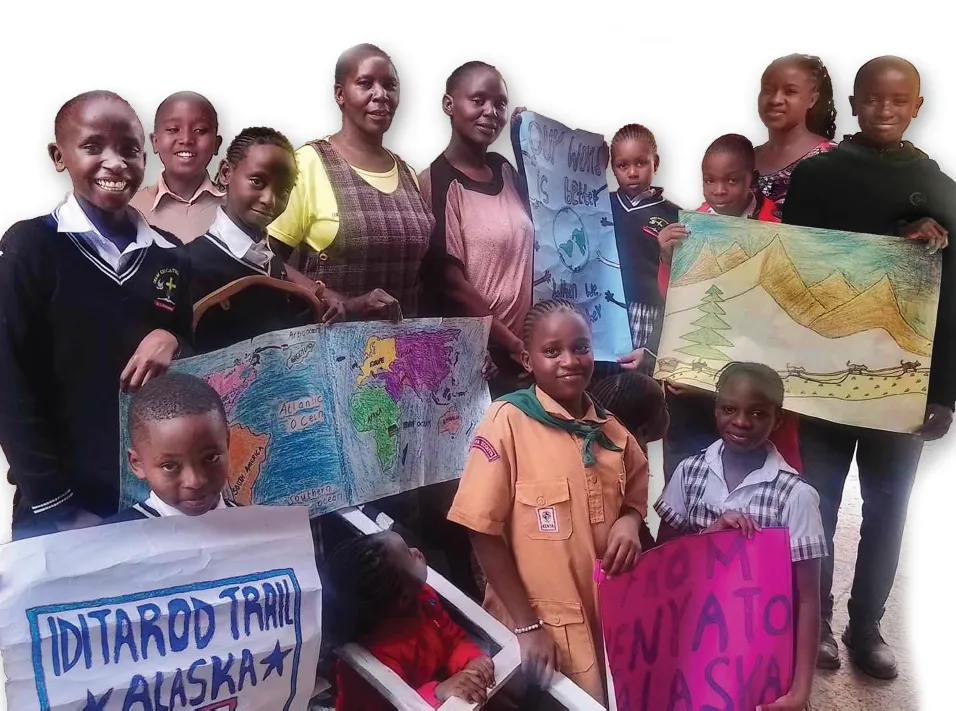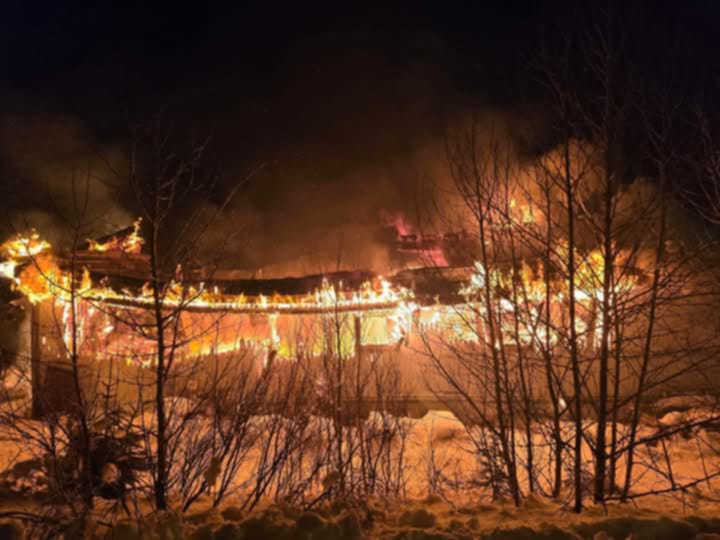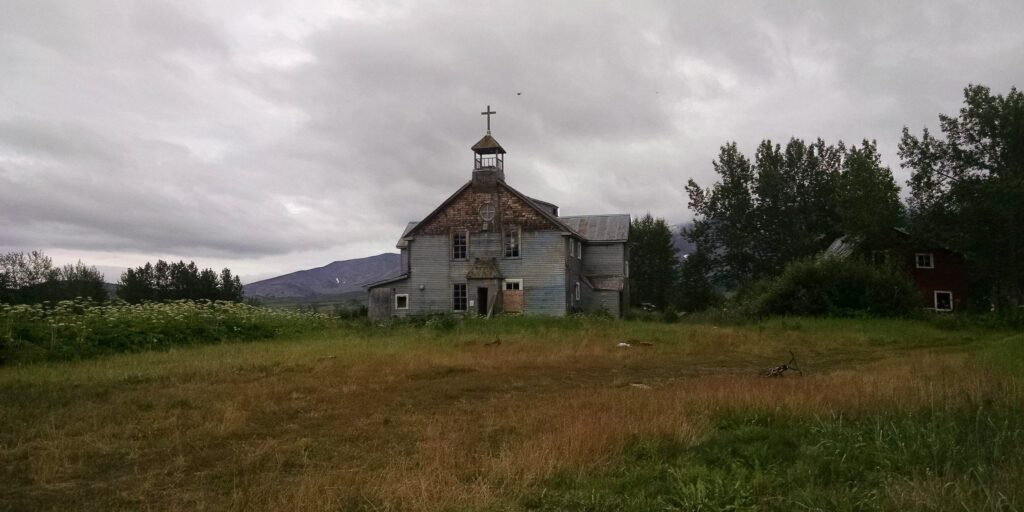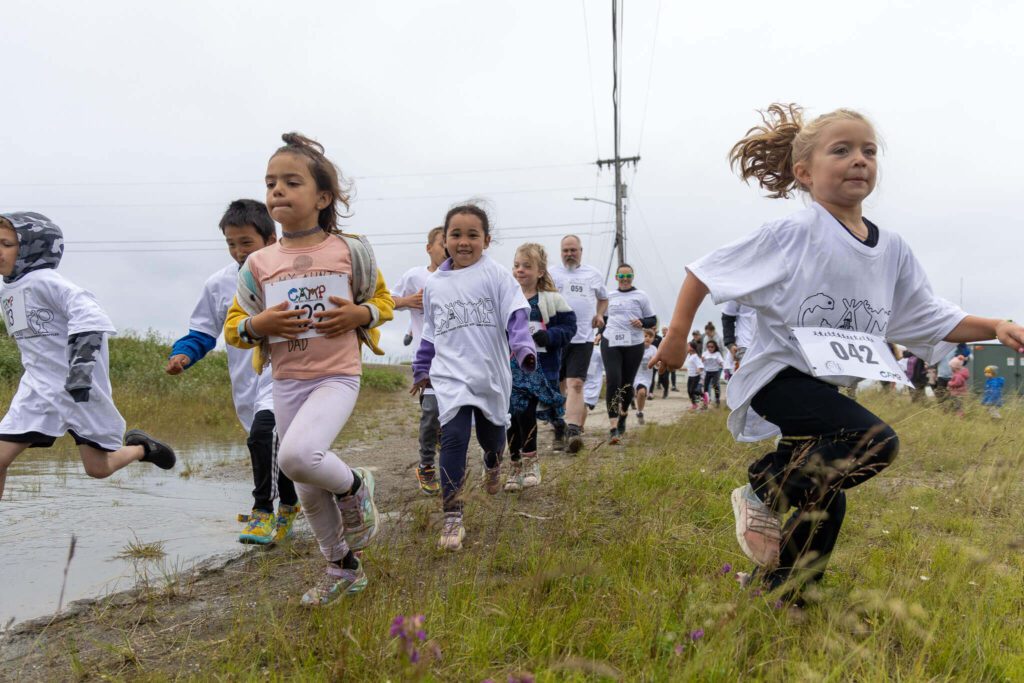NOME, ALASKA — Starting this summer, an abandoned hot springs in the heart of western Alaska will go from a deteriorating historical site to an operational community garden. At least that’s the vision of Unaatuq, LLC, a consortium of seven regional organizations that owns the Pilgrim Hot Springs property.
Audio PlayerPilgrim Hot Springs isn’t easy to access. From Nome, you have to drive 53 miles on a gravel road, and then turn down a seven-mile side road that’s sometimes impassable due to flooding or snow. The hot springs once housed a roadhouse and an orphanage, and starting this summer, Pilgrim will be home to a new community garden.
The Alaska Center for Energy and Power works closely with Unaatuq. It helped secure a “Conservation Innovation” grant through the National Resource Conservation Service to help fund the Pilgrim Project. Research Engineer Chris Pike sees a connection between the grant’s energy focus and growing food.
“One of the things that we really want to do is use that geothermal energy that’s at Pilgrim Hot Springs to grow vegetables,” said Pike. “And then food is a way to export energy. We always think of electricity and heat, but food is just as much of a need.”
Pike said Unaatuq will spend the summer building basic infrastructure, like water tanks and housing for workers. They also have to plant a soil-enriching cover crop and test field at the hot springs.
“So that’s going to be dug up in a couple different phases,” he said. “There’s going to be a cover crop that’s going to be planted in a certain area and then there’s going to be some vegetables that are planted. And then we’re coming up with a business plan and a market study.”

The original vision was to use Pilgrim for community supported agriculture. But Robert Bensin said those goals have changed. Bensin is Construction Manager for the Bering Straits Development Company. Instead, he said they’ll be providing food to local groups in Nome and the surrounding communities.
“We’re not targeting AC or Hanson’s, we’re going to be targeting the XYZ center, the hospital, the school district, the regional ANICA stores and the native corporation stores,” Bensin said.
But food isn’t the only focus of this project. Matt Ganley is with the Bering Straits Native Corporation, the managing member of Unaatuq. With the help of ground-penetrating radar, Ganley said the company also hopes to locate a mass grave.
“There were 89 people buried at Pilgrim,” Ganley said.
According to Ganley, the grave holds the bodies of victims of the 1918 influenza, which he said killed about half of the Alaska Native population between Unalakleet and Shishmaref.
Unaatuq is also hoping to preserve the history of Pilgrim Hot Springs. The company is working to secure funding to one day stabilize the historic buildings. For now, they’re planning to build a gate to separate the old hot springs site from the new summer construction.
Unaatuq is looking for volunteers to help with summer projects and plans to start moving out construction equipment later this week.

